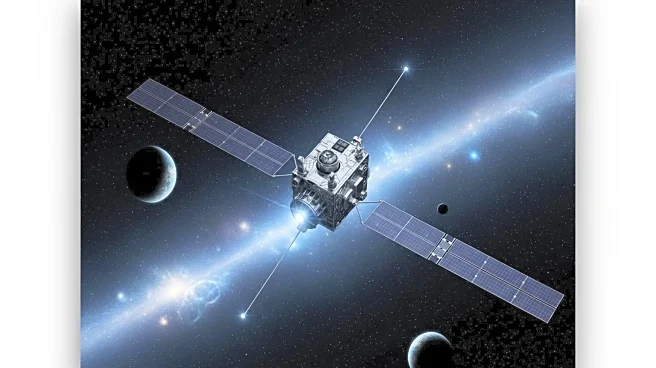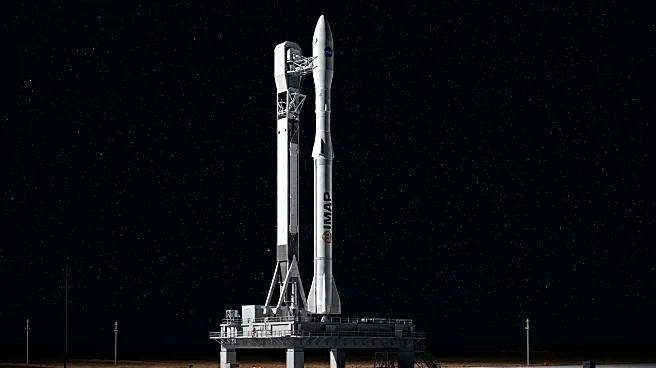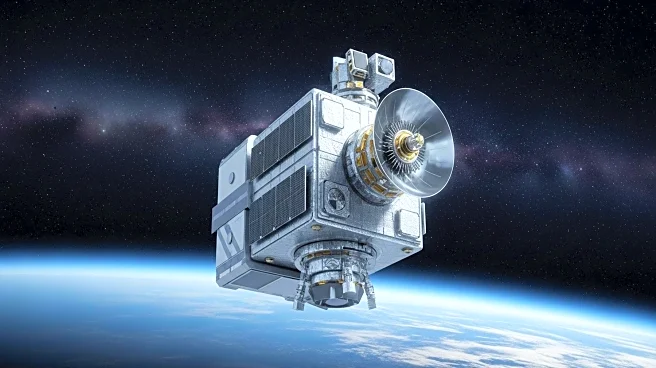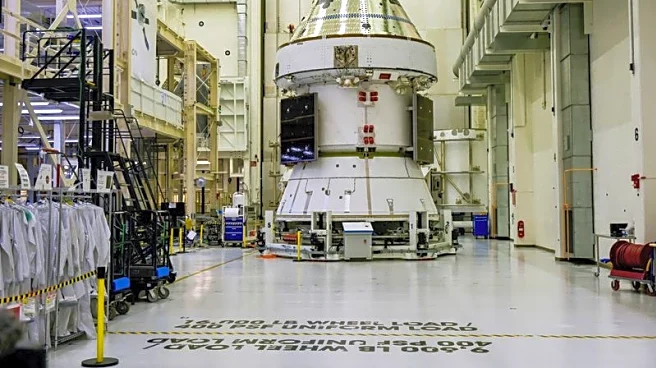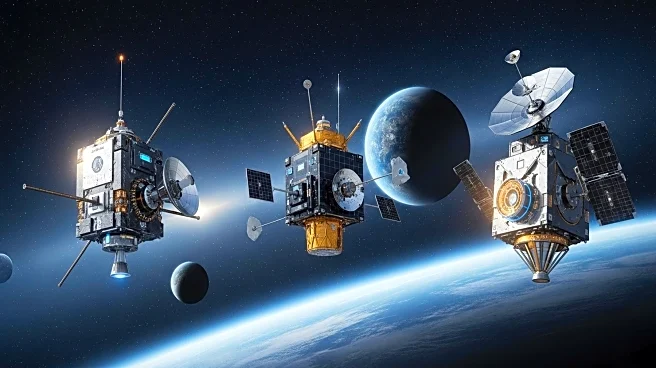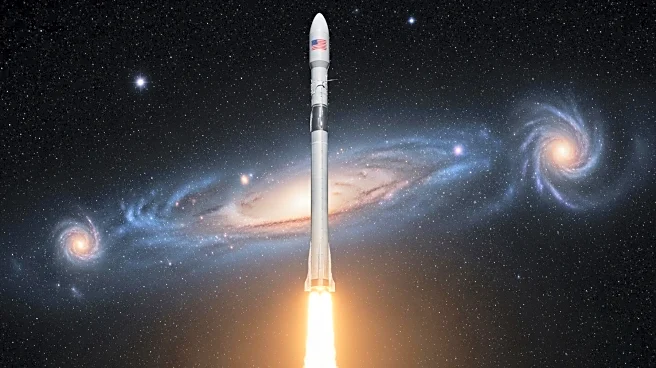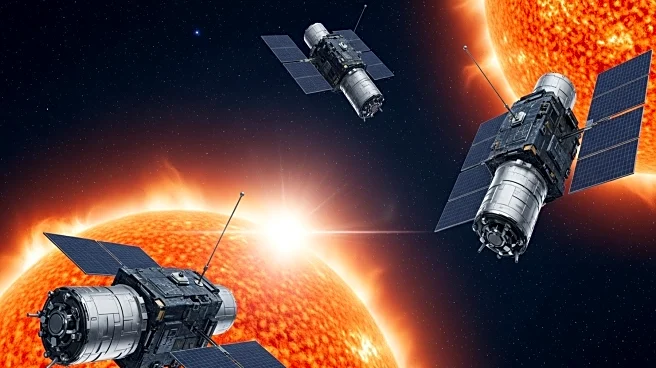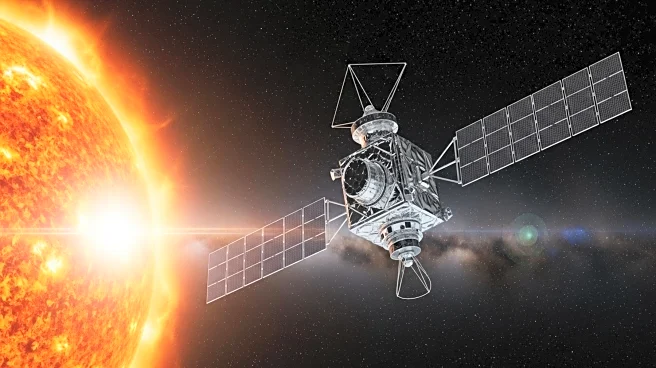What's Happening?
NASA's Interstellar Mapping and Acceleration Probe (IMAP) is being prepared for launch alongside the Carruthers Geocorona Observatory and NOAA's SWFO-L1 spacecraft. These missions, encapsulated inside a SpaceX Falcon 9 rocket, aim to study the solar wind and its effects on the solar system. IMAP will focus on the boundary layer of the solar system, analyzing interactions between solar wind and interstellar space, while the other spacecraft will study Earth's exosphere and solar storms.
Why It's Important?
Understanding the solar wind and space weather is crucial for protecting satellites, GPS signals, and astronauts. IMAP's mission could provide valuable data on how solar wind interacts with interstellar space, enhancing our ability to predict and mitigate space weather impacts. This knowledge is vital for modern society, as space weather can disrupt communication systems and pose risks to space missions.
What's Next?
The spacecraft are set to launch from NASA's Kennedy Space Center in Florida. Once in orbit, IMAP will begin its mission to map the solar system's boundary layer, providing insights into the interactions between solar wind and interstellar space. The data collected will be analyzed to improve space weather prediction models, potentially leading to advancements in satellite technology and space exploration.
Beyond the Headlines
The collaboration between NASA and SpaceX highlights the growing role of private companies in space exploration. This partnership could lead to more efficient and cost-effective missions, expanding our ability to study space phenomena. Additionally, the focus on space weather underscores the importance of international cooperation in addressing global challenges related to space exploration and technology.

